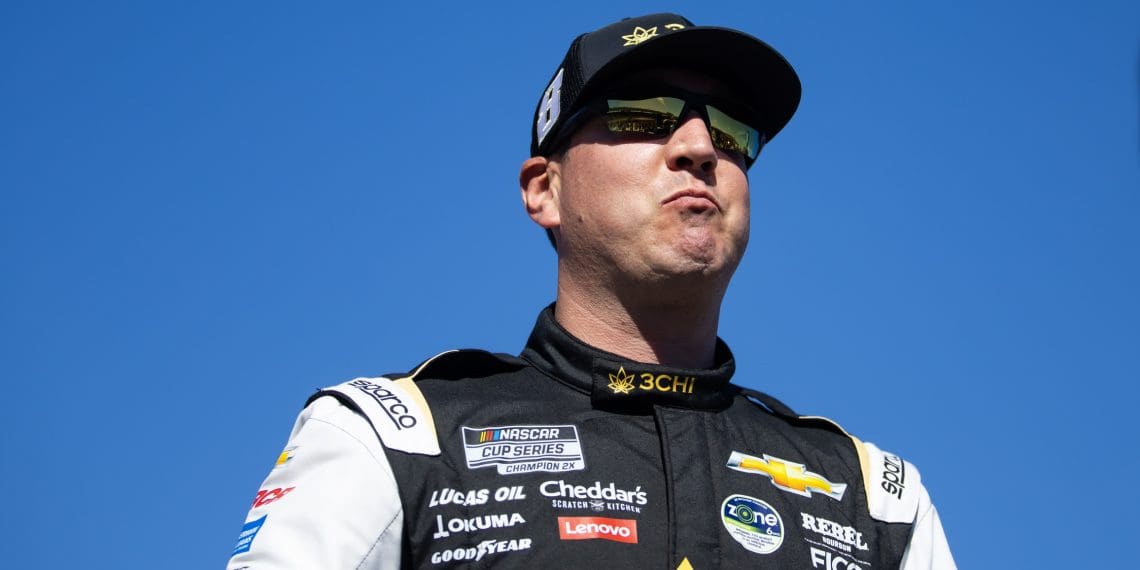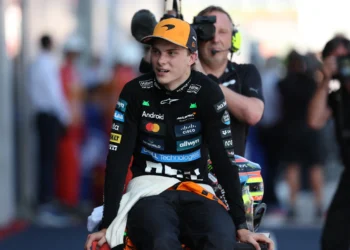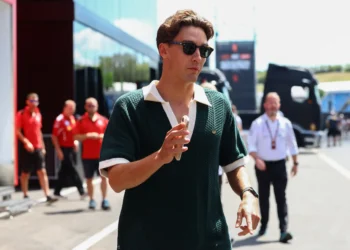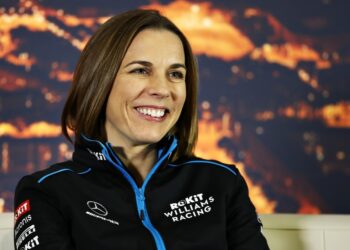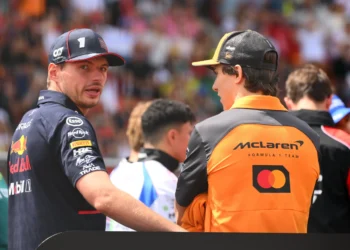Kyle Busch isn’t used to losing—but after a winless 2024 season, the two-time NASCAR Cup Series champion finds himself at a crossroads. For the first time in nearly two decades, Busch missed the playoffs and failed to capture a single victory. But as he heads into 2025, he’s determined to rewrite the script.
However, Busch’s struggle isn’t just about bad luck or poor execution. It’s about something much deeper—the changing landscape of NASCAR’s Next-Gen car. And for a driver known for his aggressive style and technical mastery, the sport’s newfound parity has created a frustrating challenge.
NASCAR’s Next-Gen Parity: A Blessing or a Curse?
In a candid interview with Fox Sports’ Bob Pockrass, Busch revealed his biggest struggle with the current NASCAR setup—every car is now virtually identical.
“It’s just tough. I mean, with all the cars being more equal, you’re fighting for hundreds of thousands of inches. We used to talk about tenths, or thousands, or whatever, and now it’s just crazy how tight everything is.”
The Next-Gen car, introduced to level the playing field, has narrowed the performance gap between teams, making race wins more unpredictable than ever. Big-budget teams no longer dominate by out-spending the competition—which, in theory, should be good for the sport.
But for Busch—who built his legacy on fine-tuning his car to perfection and exploiting advantages—the margin for success has shrunk to near-impossible levels.
Daytona Heartbreak and the Agony of Photo Finishes
If anyone felt the pain of razor-thin losses in 2024, it was Busch. At Daytona, he was in prime position to take the win—until Harrison Burton edged him out by just 0.046 seconds.
And he wasn’t alone. NASCAR’s recent era has seen some of the closest finishes in history:
- Ryan Blaney vs. Daniel Suárez at Atlanta – 0.003-second margin
- Kyle Larson vs. Chris Buescher at Kansas – 0.001-second difference
For Busch, the reality is clear—even the slightest miscalculation can cost a win. And for a driver who thrives on controlling his own destiny, that’s an agonizing pill to swallow.
RCR’s Off-Season Overhaul: A New Hope?
Despite his worst statistical season since 2005, Busch isn’t throwing in the towel. Instead, he believes that Richard Childress Racing (RCR) is on the verge of a breakthrough.
“We had some really good race cars last year, some really good runs, and just wasn’t able to capitalize on those and being able to get to Victory Lane.”
RCR wasn’t completely absent from Victory Lane in 2024—Austin Dillon managed to grab a single win. But one win isn’t enough for a team that once housed legends like Dale Earnhardt and expects to compete for championships.
The RCR Rebuild: Can It Put Busch Back on Top?
Richard Childress isn’t sitting idle. After a disappointing 2024 season, the team cleaned house in the offseason, making significant changes to its engineering department, technical staff, and overall race shop operations.
Busch believes in the plan, trusting that the team’s restructured approach will finally give him a car capable of breaking through NASCAR’s tight competition.
“They’ve made some serious changes during the offseason. Hopefully, those changes will help us build a competitive car for 2025.”
Can Kyle Busch Find Redemption in 2025?
With over 230 NASCAR victories across all three national series and two Cup Series championships, Busch is still one of the most naturally gifted drivers on the grid. But the NASCAR landscape has changed, and Busch is no longer the dominant force he once was.
The question is:
- Can Busch adapt to NASCAR’s new era?
- Will RCR’s off-season moves finally give him the car he needs to return to Victory Lane?
For a driver nicknamed ‘Rowdy’, sitting on the sidelines isn’t an option. Busch is hungry for redemption, and if RCR has truly made the right changes, 2025 could be the year he silences his critics and reclaims his place among NASCAR’s elite.
The fightback begins now.

